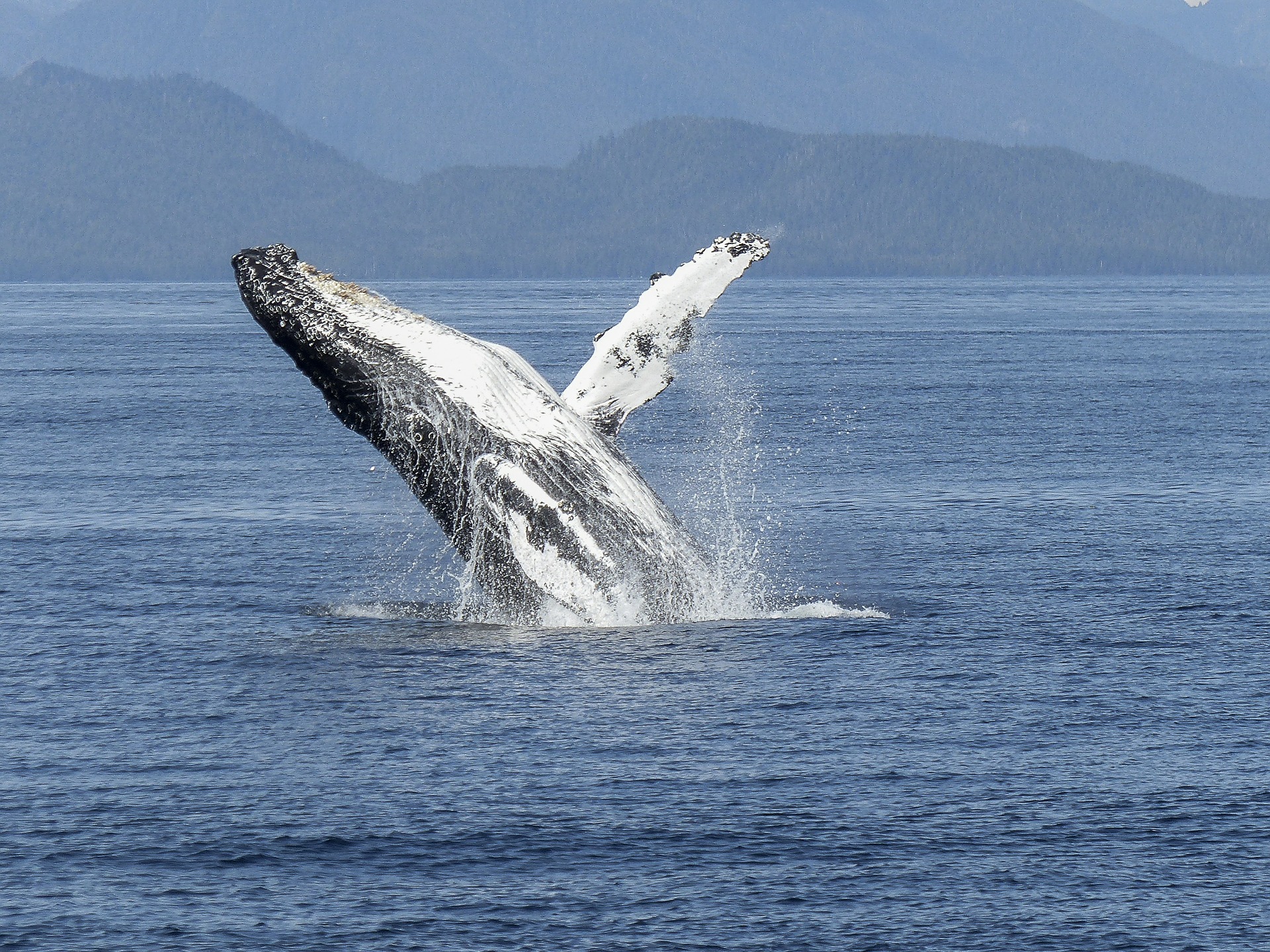Whale researchers are celebrating what they are calling the “humpback comeback” with 396 individuals counted this year in the Salish Sea.
A report from the Canadian Pacific Humpback Collaboration – which collects sightings from researchers, ecotourism captains and naturalists in addition to citizen sightings – says this is the highest number of whales documented in the area over a year.
Humpback whales counted in 2017 added up to 293 individuals. 2022’s numbers show an increase of over 100 individuals including 34 mothers with their first-year calves.
Researchers add the comeback is remarkable considering commercial whaling ended about 55 years ago in the province.
Project lead for Humpback Whales of the Salish Sea Tasli Shaw says these whales often come back to the same areas to feed each year. Of the 396 whales, most of them have been seen in the Salish Sea in previous years.
“The Salish Sea is a place where many humpback whales have learned to find food and how best to capture it,” said Shaw.
“There seems to be a public misconception that humpbacks simply migrate through this area. We see the highest number of sightings in the fall, and it is the same whales year after year who we see socializing, feeding, and resting.”
The report uses a whale called “Monarch” as an example, who has been coming to the area for 20 years in a row to feed.
The report also comes after at least four dead humpbacks were found in the waters of Coastal B.C. and Vancouver Island. While the cause of some of the deaths could not be determined, researchers said there appeared to be signs of blunt force trauma possibly from ship strikes.
Ocean Wise outreach and education lead Aaron Purdy said in an interview with Vista Radio in early December that the whales come here to feed and that is all they are focused on.
This means they are unlikely to notice a ship heading toward them. The Canadian Pacific Humpback Collaboration adds humpbacks do not have the biosonar of toothed whales either, leaving them more vulnerable.
Protection of the whales includes slowing vessels down, increasing vigilance and distance from whales and understanding humpback whale behaviour in what is now a busy area with ships and whales.
“The Salish Sea has become the whale equivalent of a busy school zone,” said Lisa Spaven for Fisheries and Oceans Canada’s CeMoRe program.
“Our monthly surveys show that whales are present in all months throughout the region, making the Salish Sea an area of considerable year-round overlap between whales and both commercial and recreational vessel traffic and fishing.”




